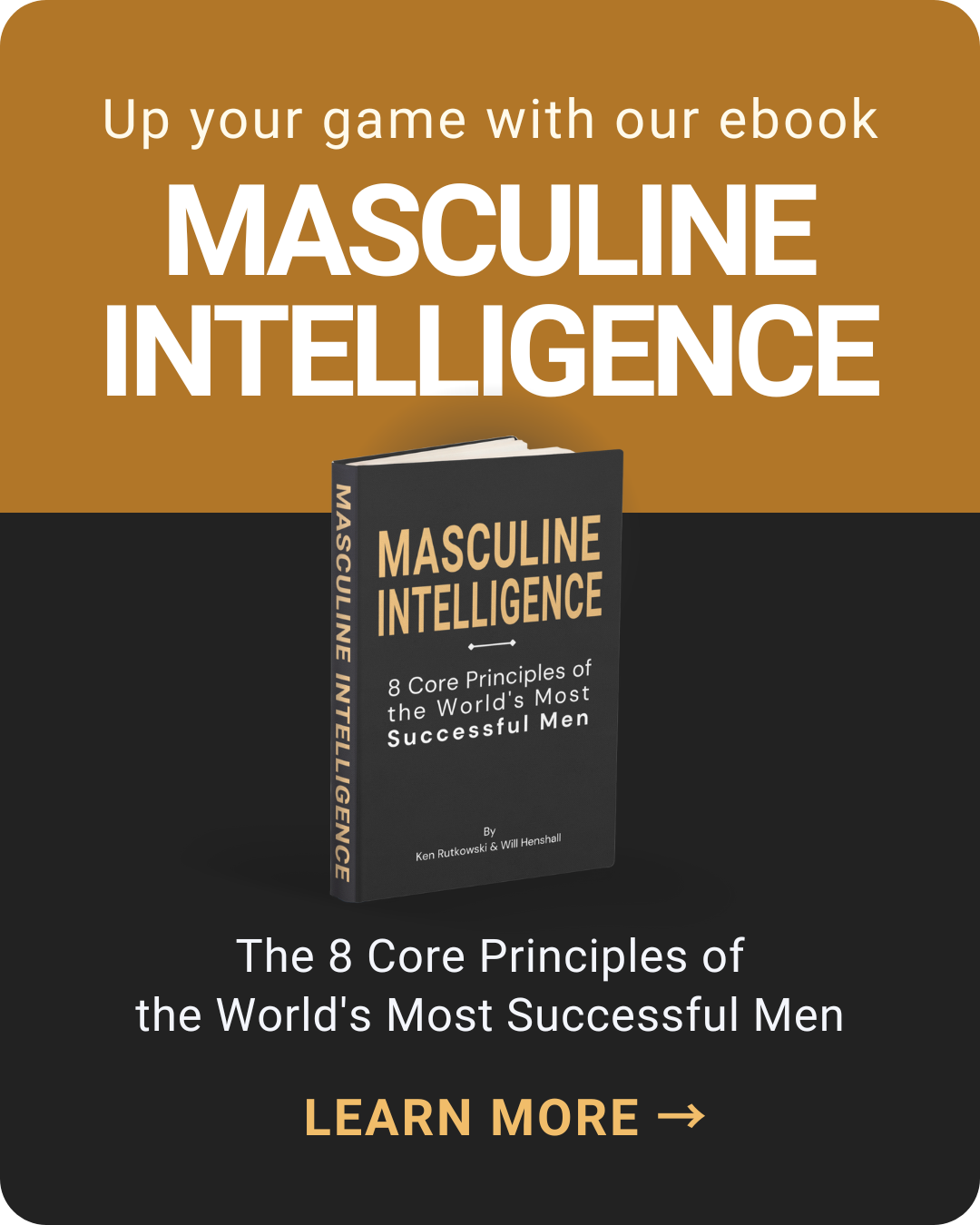
Rafeh Qazi and Nazariy Dumanskyy are superhero celebrities for nerds worldwide.
Qazi and Naz, as they are known, became hugely successful, upbeat, playful YouTubers who teach people how to code. They grew their channel from zero to over a million subscribers, helping thousands of people get jobs as developers. They hit six figures when Qazi (an early chess champ) hit age 21, a million in revenue soon after, and now travel the world, meeting and teaching their rabid fans.
But after teaching others how to build software for years, they wanted to build something monumental themselves.
Qazi compares himself to a boxer.
“You have those boxers who get fat, and then they start coaching, but not fighting. We didn't want to be non-fighters. We wanted to also be in the ring. And so we said, okay, let's build a product that we personally use.”
They dumped their old lives (and, if we heard right, girlfriends,) and Poppy was born.
“Poppy eventually came from us trying to solve problems in our life. And one of the biggest problems we had is that GPT is linear. Everything goes from top to bottom. We wanted to build a visual workspace to work with AI.”

And so they asked – how can you connect AI to everything visually?
“We asked how we could take a YouTube video or tweets, photos, hours and hours and hours of podcasts and content, and plug it all in with a friendly interface. For example, Evernote isn't integrated yet, but you can cut and paste text into a text box. Easy. You can put freaking books if you want to! You can import documents – a PDF, a docx document, you name it – directly into Poppy.”
They took their own medicine. Instead of studying how other companies grew, they used a prototype of Poppy by inputting all the content and asked their AI.
“We could say ’give me all of the key insights.’ We could add other videos, audio, take pictures of a whiteboard and put the pictures of the whiteboard inside, then connect it visually like a mindmap or a feeder. Poppy reads all these things in a graphical representation, as if you would draw things out.”
The key is everything is visual and easy to use.
“The product looks cool. It's kind of like you have an FBI investigator connecting the dots on the board.”
Poppy will be adding Perplexity next, “because it allows you to instantly connect to the Internet without needing to go to the Internet and look up stuff. And then we want to add modules like GPT-4.0 Mini, because we have clients writing books, PhD researchers, articles: all kinds of content. We have CEOs with 200 salespeople on their staff, and they want them to be connected to the entire company knowledge base. And they have 300 videos and 300 articles that they need to connect to the chat; they want to just give the chat to their team.”

Why is it called ”Poppy”?
In typical Gen Z over-researched analysis, Qazi explains “it’s called Poppy.AI because it was the first thing that came to our mind that sounded really cute and funny. So we stuck with it!”
Takeaways:
- AI is evolving and Poppy.AI is evolving it visually
- Sometimes you gotta drop everything to vault into your next growth phase.
To see how the visual leaves of poppy works, and watch as it creates a 10 day travel itinerary for multiple sources, watch the video here.
Written by Adam Gilad
Trending Now
EXCLUSIVE - The Next Big Disruptors: 5 Technologies Set to Change Life as We Know it by 2029: Imagine waking up in 2029, a world humming with new technologies that only a handful of people were talking about just five years earlier. We tend to focus on AI, quantum computing, and blockchain as the next big things—but beneath that surface, other transformative technologies are brewing, ready to unleash a massive wave of disruption. Here are five of them, the hidden giants that are quietly taking shape. (Ken Rutkowski)
Meteorite Found in a Drawer in 1929 Contains Ancient Evidence of Liquid Water on Mars: A fragment of Martian rock, once concealed in a university drawer, has provided researchers with new insights into Mars' geological past. A Purdue University team utilized isotopic dating to ascertain that the 'Lafayette Meteorite' probably encountered liquid water around 742 million years ago. (Popular Science)
New Fastest Supercomputer Will Simulate Nuke Testing: The National Nuclear Security Administration (NNSA) has unveiled the world's fastest supercomputer, El Capitan. El Capitan can perform over 2,700 quadrillion operations per second at its peak. It will be used to model and predict nuclear weapon performance, aging effects, and safety. It will also aid in fusion and AI projects. Planning for the system began in 2018, with construction starting four years ago. El Capitan was built by Hewlett Packard Enterprise, which has built all of the current top 3 supercomputers. (IEEE Spectrum)



